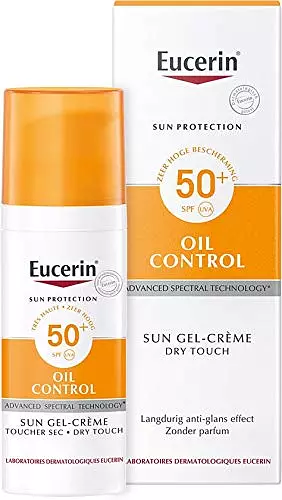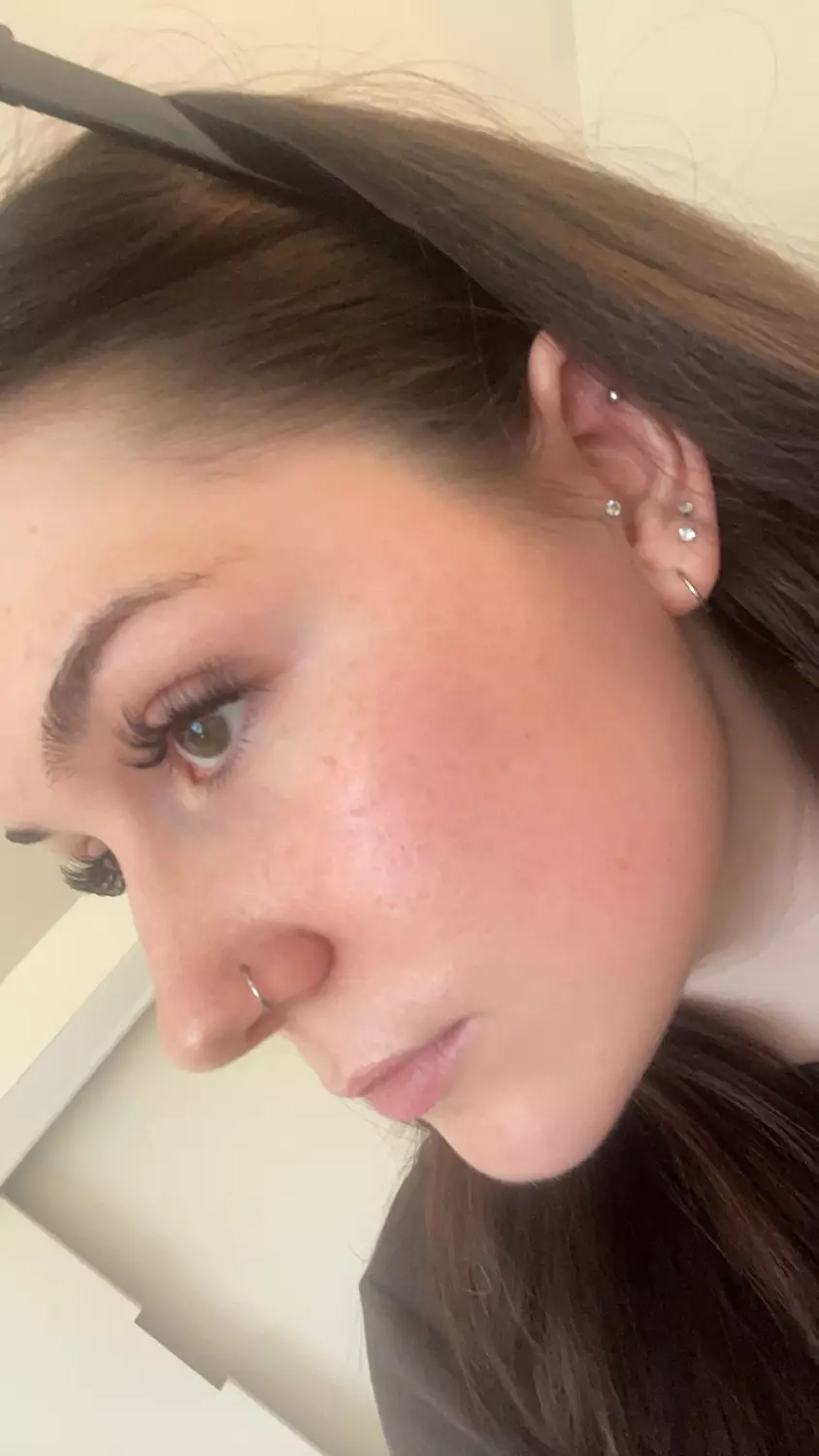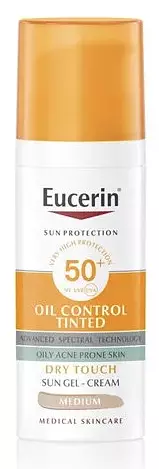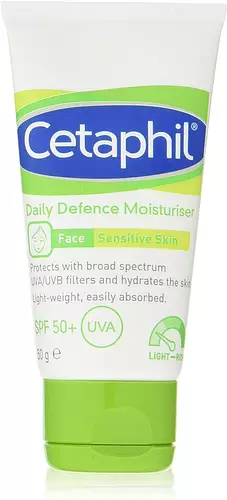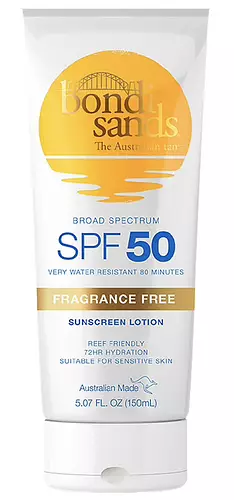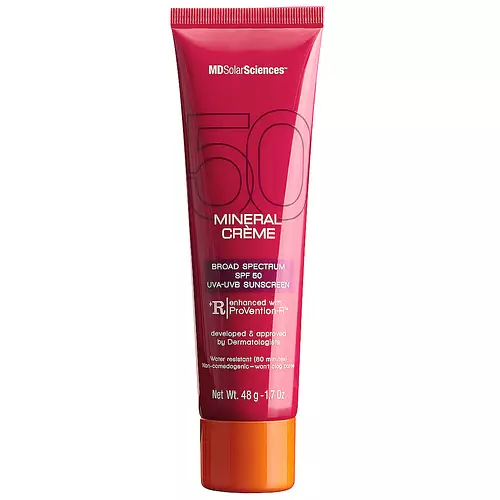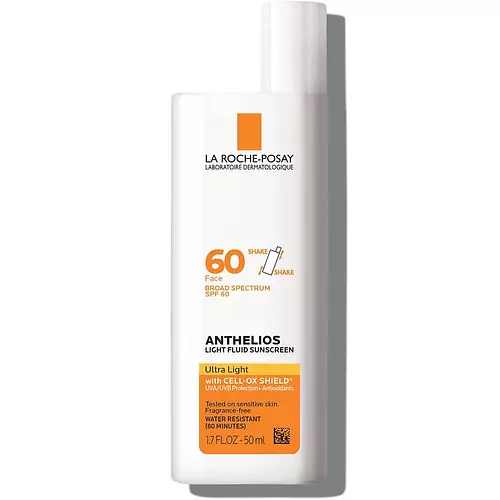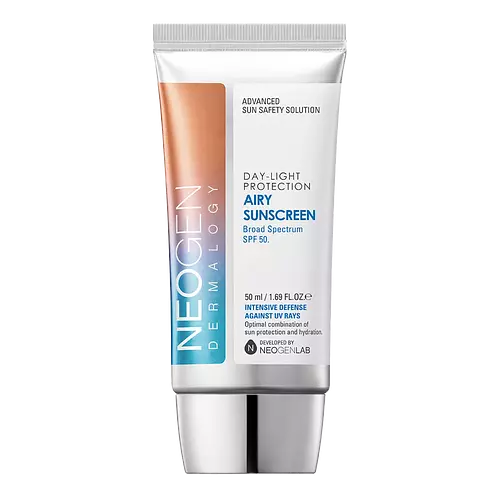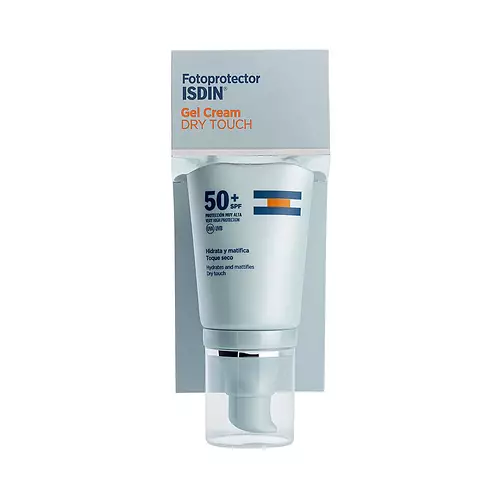Overview
What they are
These products are both sunscreens. They have a total of 4 ingredients in common
Cool Features
They both contain SPF
Suited For
They're both likely to be good for dry skin and brightening skin
Free From
They both do not contain any common allergens, oils, parabens or sulfates
We independently verify ingredients, and our claims are backed by peer-reviewed research. Spot a product that needs an update? Let us know.
Ingredient Info
Avène Sun Cleanance Tinted SPF50+ 39 ingredients
Eucerin Sun Face Oil Control Dry Touch Gel-Cream SPF 50+ 27 ingredients
At a glance
Click on any of the items below to learn more
Avène Sun Cleanance Tinted SPF50+ 39 ingredients
Eucerin Sun Face Oil Control Dry Touch Gel-Cream SPF 50+ 27 ingredients
Notable Ingredients
This product contains 4 ingredients that may have this attribute:
This product contains 1 ingredient that may have this attribute:
This product contains 1 ingredient that may have this attribute:
This product contains 1 ingredient that may have this attribute:
Benefits
This product contains 1 ingredient that may have this attribute:
This product contains 1 ingredient that may have this attribute:
This product contains 1 ingredient that may have this attribute:
This product contains 1 ingredient that may have this attribute:
Concerns
This product contains 2 ingredients that may have this attribute:
This product contains 3 ingredients that may have this attribute:
This product contains 5 ingredients that may have this attribute:
Notable Ingredients
This product contains 5 ingredients that may have this attribute:
Benefits
This product contains 1 ingredient that may have this attribute:
This product contains 1 ingredient that may have this attribute:
Concerns
This product contains 2 ingredients that may have this attribute:
This product contains 2 ingredients that may have this attribute:
This product contains 2 ingredients that may have this attribute:
This product contains 2 ingredients that may have this attribute:
This product contains 4 ingredients that may have this attribute:
This product contains 2 ingredients that may have this attribute:
Ingredients Side-by-side
Ingredients Explained
These ingredients are found in both products.
Ingredients higher up in an ingredient list are typically present in a larger amount.
Water. It's the most common cosmetic ingredient of all. You'll usually see it at the top of ingredient lists, meaning that it makes up the largest part of the product.
So why is it so popular? Water most often acts as a solvent - this means that it helps dissolve other ingredients into the formulation.
You'll also recognize water as that liquid we all need to stay alive. If you see this, drink a glass of water. Stay hydrated!
Learn more about WaterAlso known as Avobenzone, this ingredient is a chemical sunscreen filter that provides protection in the UV-A range.
Avobenzone is globally approved and is the most commonly used UV-A filter in the world.
Studies have found that avobenzone becomes ineffective when exposed to UV light (it is not photostable; meaning that it breaks down in sunlight). Because of this, formulations that include avobenzone will usually contain stabilizers such as octocrylene.
However, some modern formulations (looking at you, EU!) are able to stabilize avobenzone by coating the molecules.
Avobenzone does not protect against the UV-B range, so it's important to check that the sunscreen you're using contains other UV filters that do!
The highest concentration of avobenzone permitted is 3% in the US, and 5% in the EU.
Learn more about Butyl MethoxydibenzoylmethaneAcrylates/C10-30 Alkyl Acrylate Crosspolymer is a synthetic polymer. It is used to thicken and improve the texture of products.
Acrylates/C10-30 Alkyl Acrylate Crosspolymer is also an emulsifier. Due to its properties, it can prevent water and oil ingredients from separating.
Xanthan gum is used as a stabilizer and thickener within cosmetic products. It helps give products a sticky, thick feeling - preventing them from being too runny.
On the technical side of things, xanthan gum is a polysaccharide - a combination consisting of multiple sugar molecules bonded together.
Xanthan gum is a pretty common and great ingredient. It is a natural, non-toxic, non-irritating ingredient that is also commonly used in food products.
Learn more about Xanthan GumIngredient Ratings
Here's what our community thinks of the ingredients in these two products.
When to use
Avène Sun Cleanance Tinted SPF50+ 39 ingredients
Eucerin Sun Face Oil Control Dry Touch Gel-Cream SPF 50+ 27 ingredients

Reviews
Here's what our community thinks
Avène Sun Cleanance Tinted SPF50+ 39 ingredients
Eucerin Sun Face Oil Control Dry Touch Gel-Cream SPF 50+ 27 ingredients
Mejsel
The only sunscreen I actually like using on my extremely oily face. Doesn't pill at all and doesn't get overly shiny on my skin, while still...
The only sunscreen I actually like using on my extremely oily face. Doesn't pill at all and doesn't get overly shiny on my skin, while still leaving a bit of a glow. As it is mattified, I usually put another moisturizer underneath to avoid getting dry during the day. As long as you double-cleanse in the evening, I don't feel that this clogs pores, which I've had problems with before with other sunscreens. Also LOVE that it comes in an airless pump. It is both good from a sustainability perspective, but also financially because all the product comes out!
nasaye
Good SPF that feels light
Me and my partner both use thes SPF. I have dry skin and it works best for me on top of moisturizer. My parents has oily...
Good SPF that feels light
Me and my partner both use thes SPF. I have dry skin and it works best for me on top of moisturizer. My parents has oily skin so he uses it instead of one. It is a great SPF that doesn't just sit on your face and you can easily find it in drug stores.

